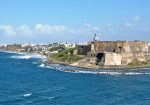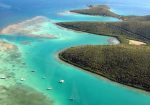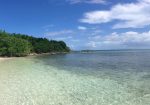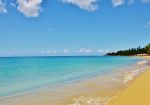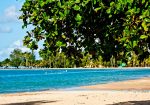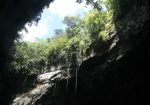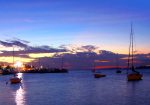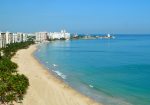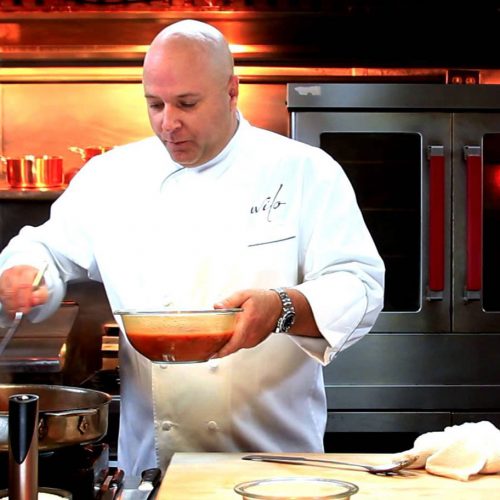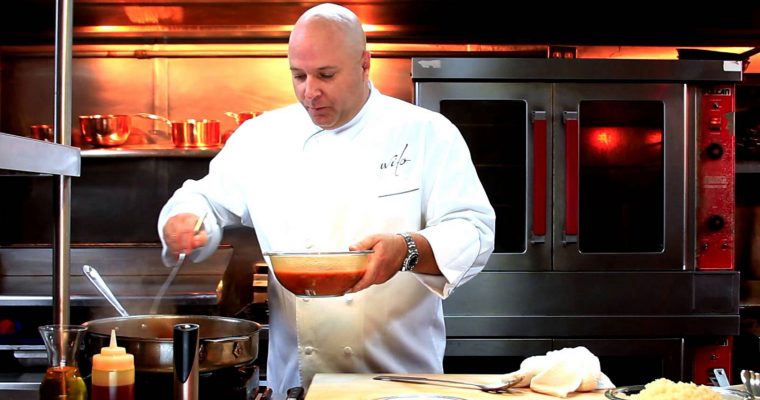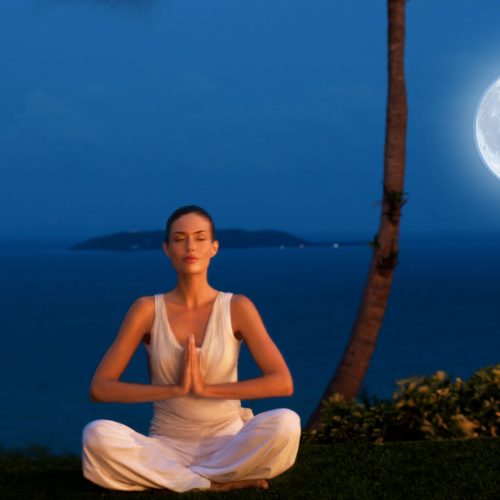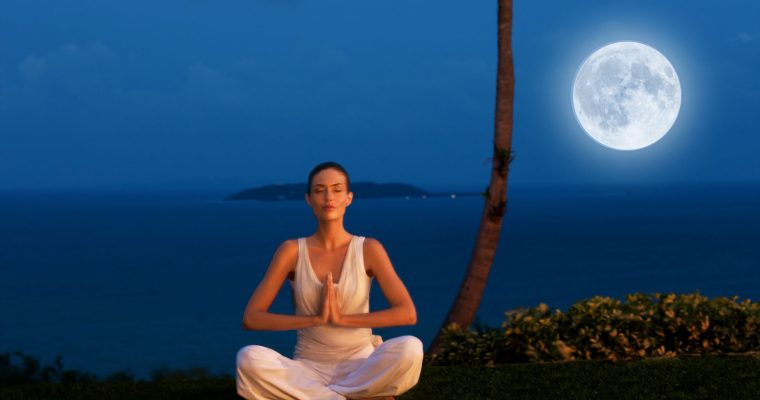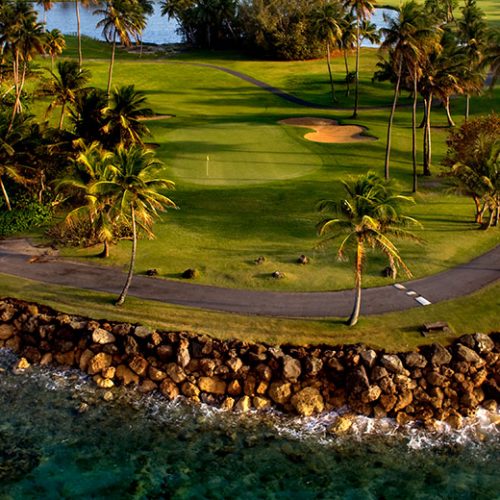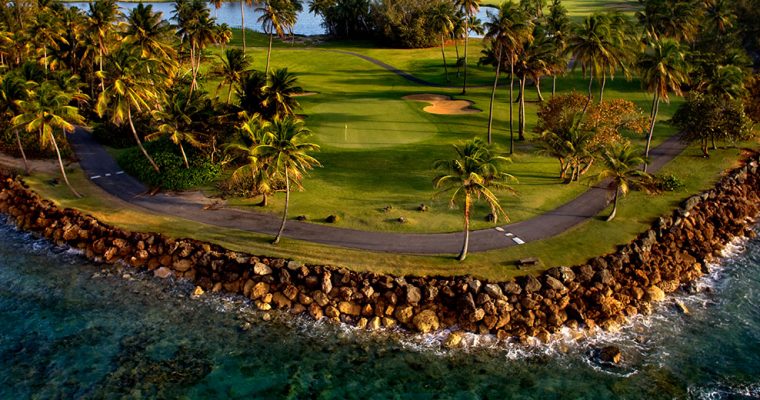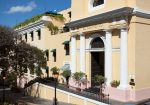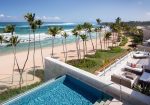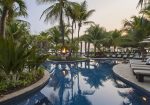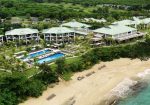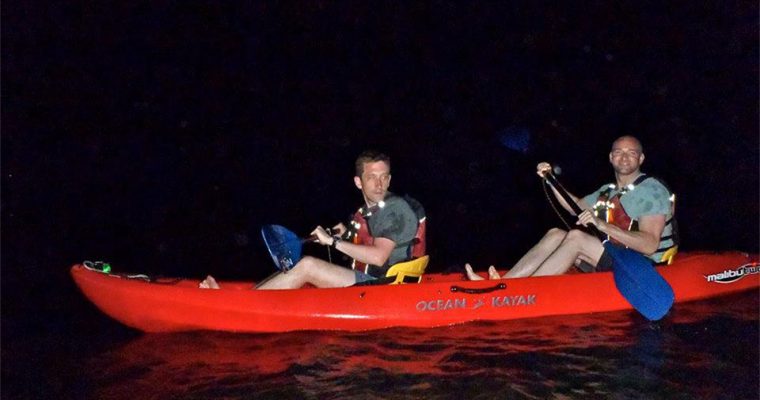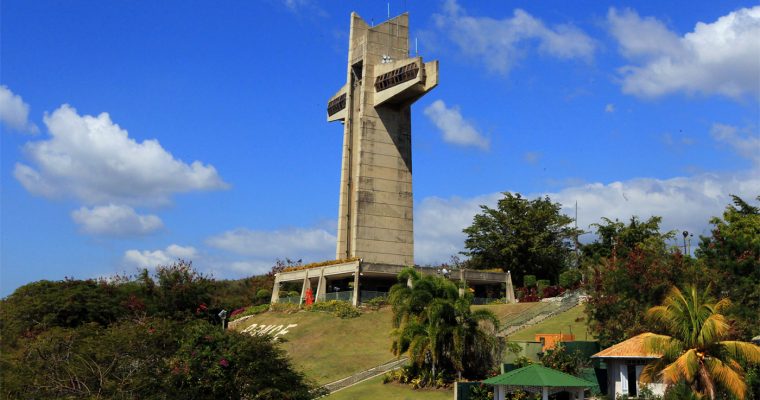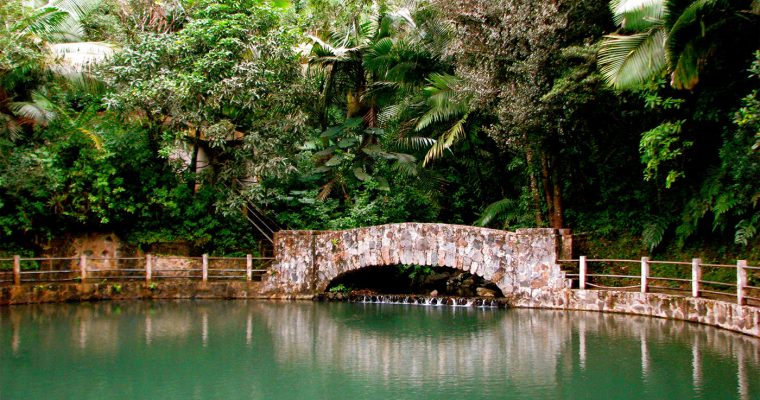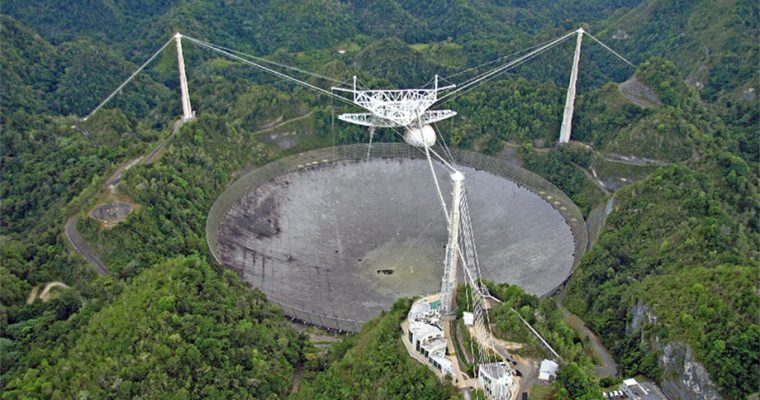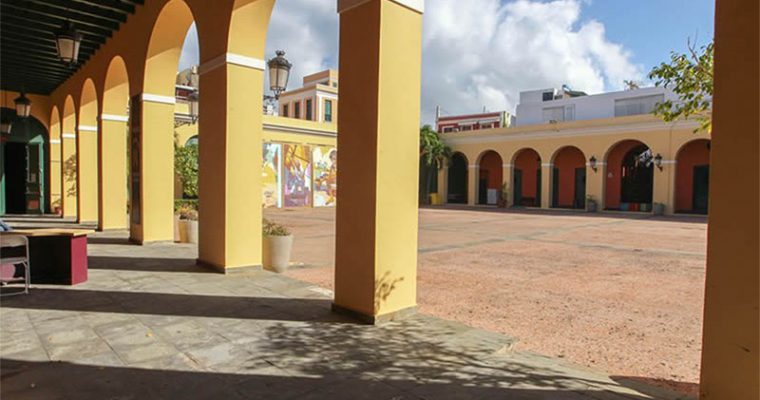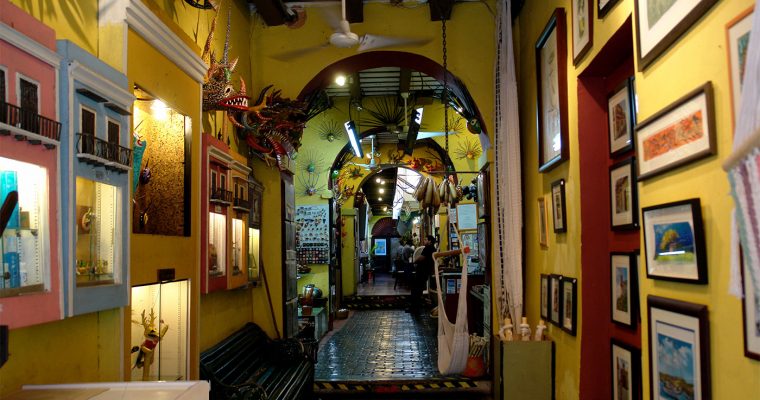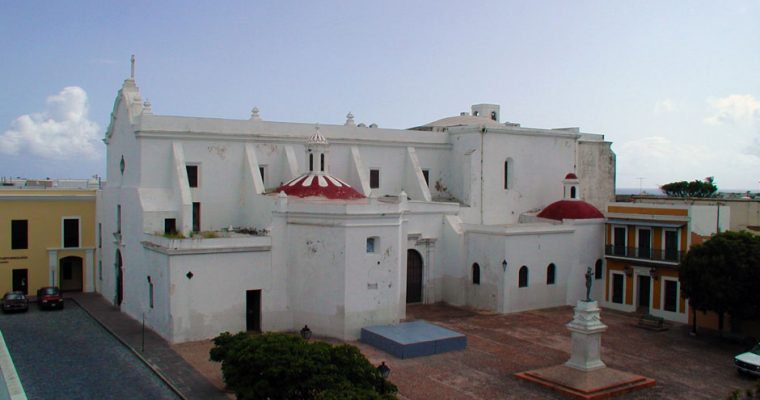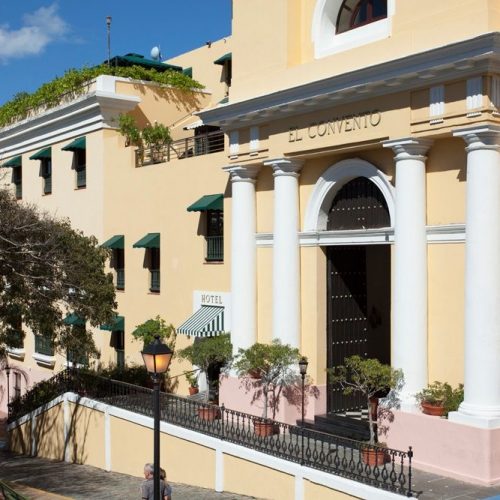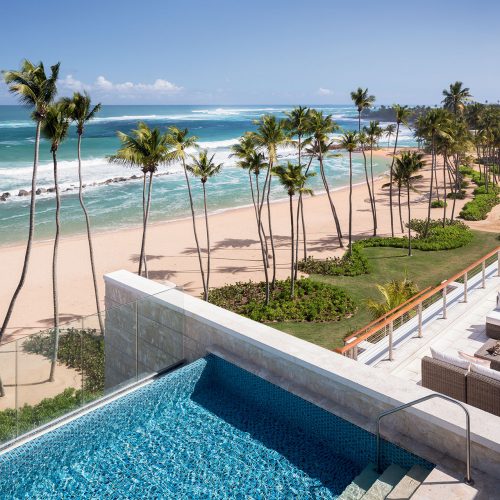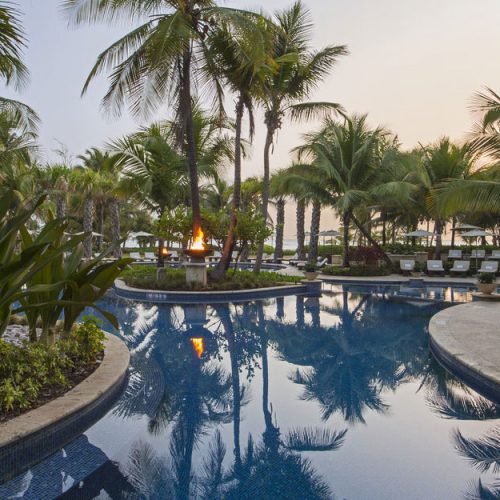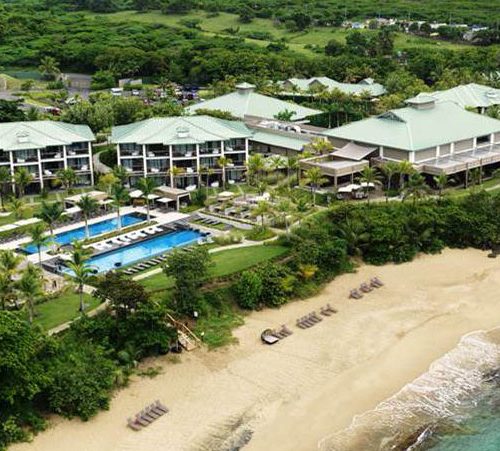Caribbean
Puerto Rico
AMERICA'S CARIBBEAN QUEEN
Why We Love Puerto Rico
One of the oldest outposts of Western Civilization in the New World, Puerto Rico was discovered by Christopher Columbus and the progress of 500 years of history can be seen in the ancient streets of Old San Juan even today. Outside the bustling metropolis, Puerto Rico is a rich land of beautiful beaches, cloud-covered mountainous rainforests, bioluminescent bays and swaying palms ruffled by the ever-present Caribbean trades. Active travelers can find great golf, magnificent underwater reefs for snorkeling or diving, tremendous fishing and boating, great inland hikes, biking trails, zip lines, and much more. This uniquely American island is the gateway to the Caribbean.
Contact your Distincte Travel Advisors to personalize your travel experience.
+1 877 327 0058
Top Destinations in Puerto Rico
Articles
Six Great Restaurants in Puerto Rico
Six Great Restaurants in Puerto Rico
Full Moon Yoga at El Conquistador
Full Moon Yoga at El Conquistador
More Golf in Puerto Rico
More Golf in Puerto Rico
Overview
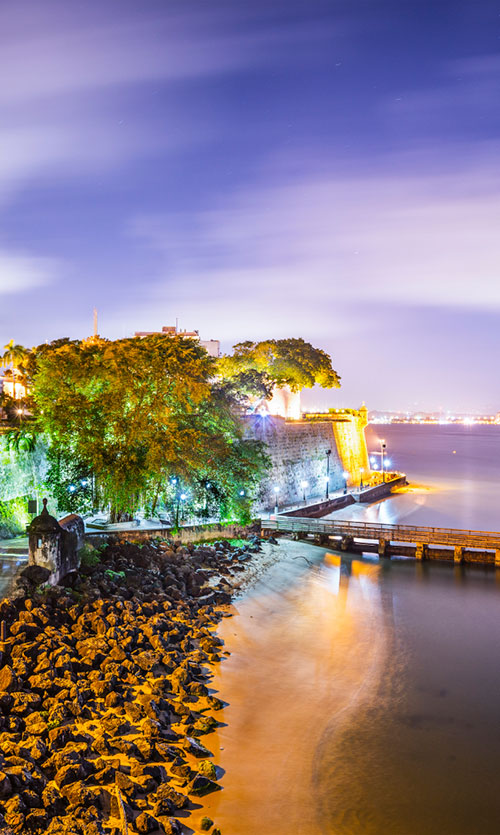 When Christopher Columbus arrived on this Caribbean island on his second voyage in 1493, he named the island “San Juan” (St. John) and the large, protected port on its north shore “Puerto Rico” or “rich port.” Somehow, over the intervening centuries, the names got switched around.
When Christopher Columbus arrived on this Caribbean island on his second voyage in 1493, he named the island “San Juan” (St. John) and the large, protected port on its north shore “Puerto Rico” or “rich port.” Somehow, over the intervening centuries, the names got switched around.
No matter. Puerto Rico, the island, offers visitors a rich selection of destinations, activities and events to explore on an island that can be traversed by car in less than a day. It is an island ringed with lovely, palm-bedecked beaches, pretty coves and modern seaside resorts. The Cordillera Centrale, or central mountains, runs like a spine across the middle of Puerto Rico, providing some cooler upland vistas, delicious coffee plantations, karst limestone outcroppings and beautiful hiking trails. On the eastern side of the island, the El Yunque National Forest is known as “the lungs of the Caribbean,” as this tall mountainous range scrapes the bottoms off passing clouds and drenches the forest floor with hundreds of inches of rainfall annually.
As far as cities go, San Juan is one of the most exciting metropolises in the Caribbean. With one foot firmly planted in the historic past, San Juan’s Old City cobblestoned streets are made for wandering. Historic Colonial buildings and the old fort on the rocky oceanfront speak of the Spanish past. But San Juan is also the essence of a modern city, with sleek new hotels, fabulous shopping, and wonderful restaurants and nightspots to enjoy.
And San Juan is not the only city on the island. The old southern town of Ponce is nearly as historic as San Juan, just quieter and less crowded. Smaller towns like Fajardo, Rincon, Mayaguez and others are all fun to explore for an hour or two, or even longer. And the popular islands of Vieques and Culebra offer more of the laid-back Caribbean island vibe than is often found on the bustling main island.
Puerto Rico is a sportsman’s dream destination. There are about a dozen fine golf courses on the island, watersports from surfing to paddleboarding, hiking in the rainforests and mountains and cave exploring in the karst regions. And Puerto Rico is filled with cultural events and activities, including music festivals, food events and concerts.
All in all, the rich port has a wealth of experiences to offer today’s traveler.
Quick Facts
Puerto Rico’s official language is Spanish, although English is also spoken and understood everywhere on the island.
The official currency is the U.S. dollar. Please check the current exchange rate before traveling, as it changes daily.
The electrical current in Puerto Rico is the same as that in the United States:110-120V AC, 60Hz.
Internet connections and WiFi spots are found throughout the country. Most major hotels provide good accessibility.
U.S. citizens do not need either a passport or a visa to enter Puerto Rico: any government issued photo ID (such as a driver’s license) is sufficient. Residents of other countries require the same immigration documents as for any other entry into the United States.
Public water supplies in Puerto Rico are treated and purified the same as in any other U.S. destination: it is safe to drink tap water, brush teeth or consume ice cubes.
Puerto Rico is in the Atlantic Standard Time zone, which is GMT -4. The island does not observe daylight savings time. When New York is on Eastern Standard Time and it is noon, it is 1 p.m. in San Juan. During daylight savings time, the time in both places is the same.
Although visitors arrive year-round, Puerto Rico’s peak tourist season is in the winter months: November through April.




